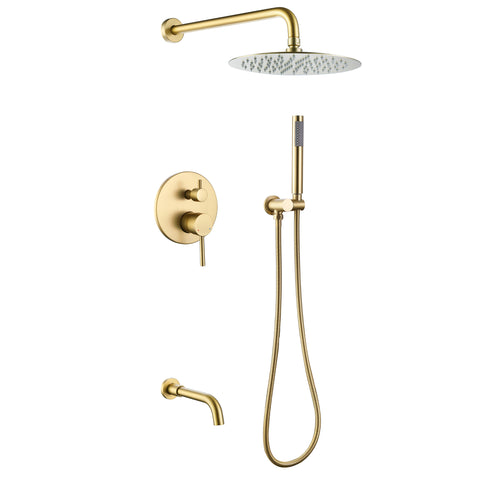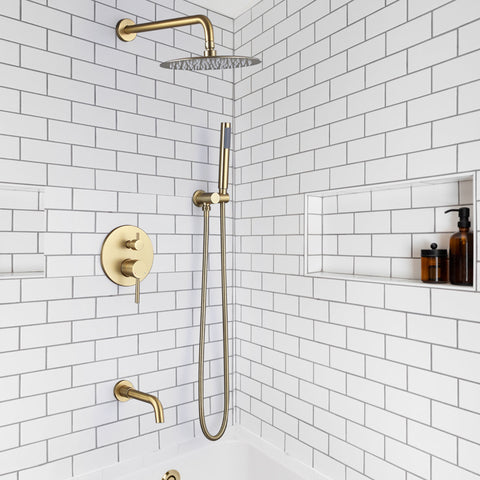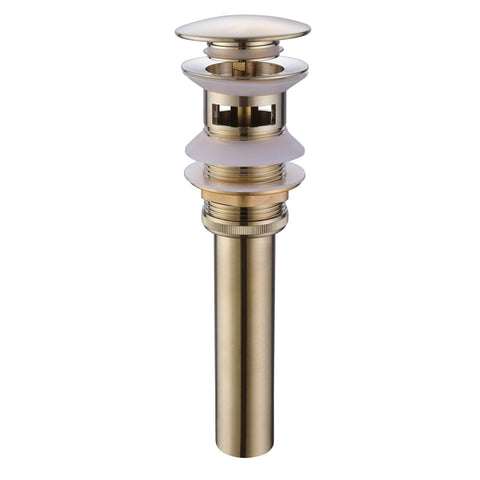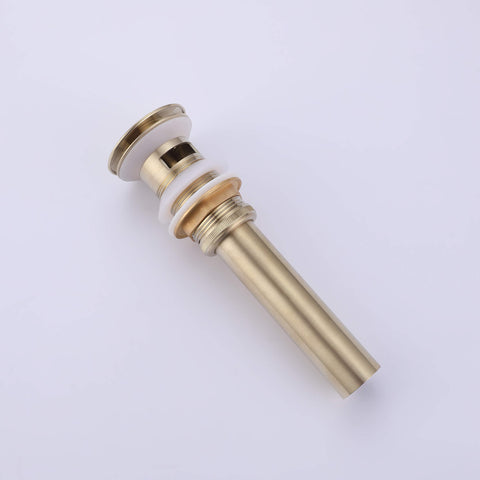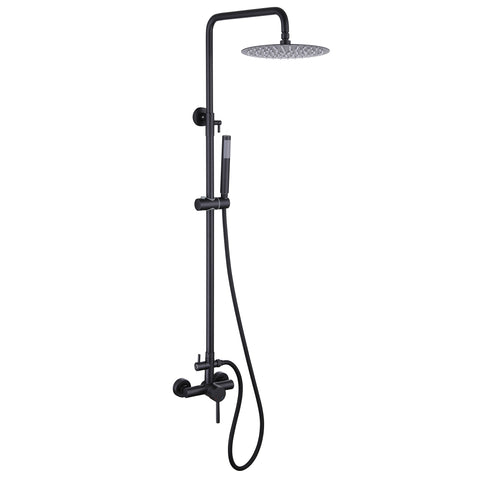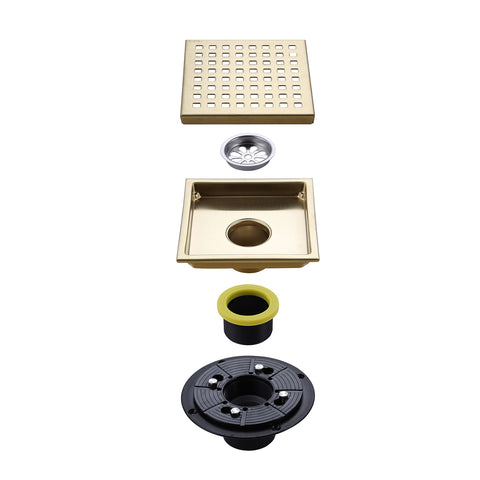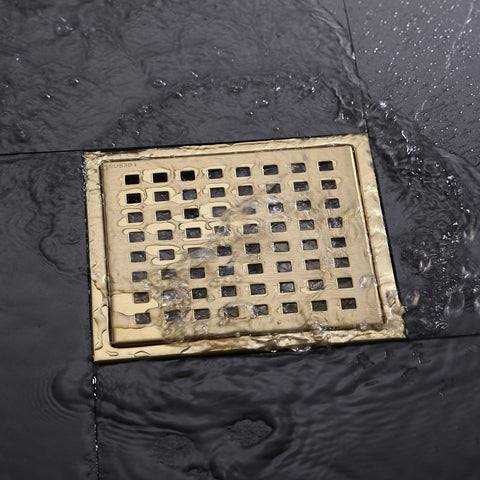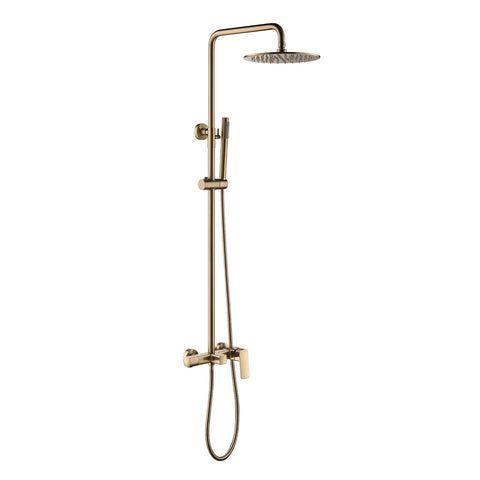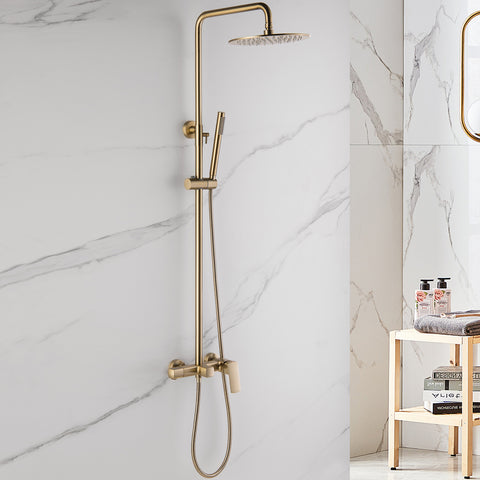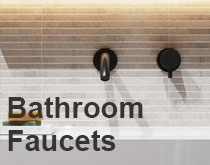How to Remove an Aerator from Your Bathroom Faucet?
Why Remove the Aerator?
The aerator, a small attachment at the end of your faucet, is designed to mix air with water, reducing splashing and conserving water. Over time, mineral deposits and debris can build up, causing reduced water flow and uneven pressure. Removing and cleaning the aerator is a quick and cost-effective solution that can save you from calling a plumber.
Tools and Materials:
- Adjustable wrench or pliers
- Towel or rag
- White vinegar
- Small brush or toothbrush
Step 1: Gather Your Tools
Before you start, make sure you have all the necessary tools and materials within easy reach. An adjustable wrench or pliers will be your best friend during this process.
Step 2: Turn Off the Water
Locate the shut-off valves under the sink and turn them clockwise to shut off the water supply. This will prevent any water from leaking out while you work on removing the aerator.
Step 3: Protect the Faucet
Place a towel or rag over the drain to catch any small parts that may fall off during the process. This will also protect your sink from scratches in case you drop any tools.
Step 4: Loosen the Aerator
Using an adjustable wrench or pliers, grip the aerator firmly but not too tight to avoid damaging it. Turn the aerator counterclockwise to loosen it. If it's been in place for a while, you may encounter some resistance, so a little patience goes a long way.
Step 5: Remove the Aerator
Once the aerator is loose, unscrew it by hand and carefully remove it from the faucet. Be cautious not to drop any small parts down the drain.
Step 6: Clean the Aerator
Inspect the aerator for mineral deposits and debris. Soak it in white vinegar for about an hour to break down the build-up. Use a small brush or toothbrush to scrub away any remaining particles.
Step 7: Reattach the Aerator
After cleaning, screw the aerator back onto the faucet in a clockwise direction. Use your adjustable wrench or pliers to tighten it, but be careful not to overtighten, as this could damage the aerator.
Step 8: Turn On the Water
Finally, turn the water supply back on by opening the shut-off valves under the sink. Test the faucet to ensure that water flows smoothly and evenly.
Conclusion
Removing an aerator from your bathroom faucet is a straightforward DIY task that can significantly improve water flow and pressure. With just a few common tools and a little patience, you can easily tackle this project and keep your plumbing in top shape. Remember, regular maintenance prevents larger issues down the line, so don't be afraid to take on these simple tasks to keep your home running smoothly. Happy plumbing!
